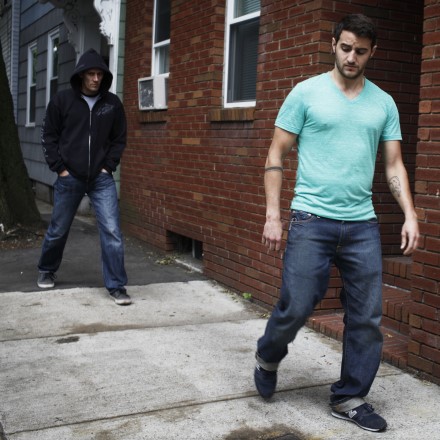Crime & Violent Crime In Boston

Articles On Crime & Violent Crime In Boston
- The Quincy Wollaston Station Kidnapping & Rape
- The Cohasset Missing Person Case
- The Boston Strangler(s)
- Boston Crime Hotspots (Helen Street, Dorchester)
- Boston Crime Hotspots (Helen Street, Dorchester) Part II
- The Victimology of Shootings in Boston
- The Geography of Crime in Boston (Drugs & Robbery)
- The Geography of Crime in Boston (Theft & Larceny)
- The Geography of Crime in Boston (Auto Theft)
- Shoplifting in Boston
Blog Home Page
Crime & Violent Crime In Boston
The articles contained in this section of the blog pertains to crimes and acts of violence that have been committed in the city of Boston, such as those committed by the Boston Strangler, James Whitey Bulger, or the Boston Marathon Bombers etc. Rather than focus on the geographic location, these articles look to use events and incidents that have occurred in and around the city of Boston to highlight security principles and criminological and forensic psychological theories etc., that can be used to increase personal safety and self-protection. This is not to suggest that Boston has an exceptionally high crime rate but rather to use specific and timely incidents to draw attention to certain risks that may be prevalent in other cities around the world.
It is important to note that there is the city of Boston, and then the greater Boston area, which consist of other cities such as Somerville, and Chelsea, which represent contiguous units of space that link other cities e.g., whilst Everett doesn’t share a border with Boston it does with Chelsea (as does Medford) etc., creating an area that appears to be, and looks like “Boston”, but isn’t actually part of the city e.g., the Boston Strangler committed several of their crimes in cities such as Lynn and Lawrence which aren’t technically part of Boston, but are associated and thought of as being part of the city etc. Whilst the Boston Police Department (BPD), may have jurisdiction within the city of Boston, they have to work closely with the other surrounding cities – and beyond – because crimes committed within the city may not be geographically limited to it e.g., the Boston Marathon Bombers (2013), lived in Cambridge – an adjoining city – committed their attack in Boston - and were apprehended in Watertown a city abutting that of Boston.
This means that although the focus may be on crimes committed within Boston, offenses that are linked or take part in cities that can be categorized as being in the greater Boston area will also be included, such as the kidnapping/abduction and rape of a woman (aged over 65), in Quincy at Wollaston train station will also be contained in blog articles within this section. Whilst the incident and event are geographically specific, the article(s) looking into and investigating this event, looks at why train/transit stations are locations that predatory individuals – in general – frequent. This means that although this specific event is dissected and analyzed the lessons taken from it can be universally applied wherever you live, regardless to your proximity with the city of Boston.